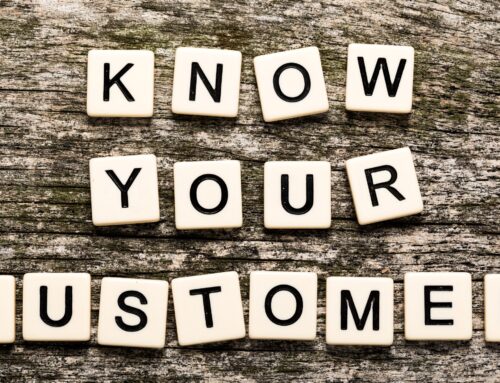Knowing who you are dealing with should be one of the first steps taken to assess risk and legal requirements when you are trying to recover a debt. This should be considered right at the start of dealings but also be regularly reviewed.
In this article, we look at how to know your customer from a Business to Business (B2B) debt recovery point of view.
Please note: to take formal recovery steps through the courts against the wrong debtor allows for a complete defence to such recovery proceedings.
Who are you dealing with?
There are typically five forms of legal personality:
- Sole Trader
- Partnership
- Limited Liability Partnership (LLP)
- Private Limited Company (LTD)
- Public Limited Company (PLC)
From the outset of dealings, you must know exactly who you are dealing with. It is far easier to obtain this information when the relationship starts. The completion of an account opening questionnaire and/or order form should ensure that you record the correct information.
Ideally, a review of information should be carried out from time to time with existing customers. This will ensure that the correct and up-to-date information is held. Changes may occur in personnel or company status.
Beeston Shenton can assist you in formatting a questionnaire to ensure that all the necessary information is captured to protect you should it prove necessary to take recovery steps.
The importance of ostensible authority
Not only is it important to ensure you have the right customer details, but it is also important to establish that the person with whom you have dealings has the required authority to bind the customer.
Ostensible authority is the power of an agent to legally bind its principal (the customer) with you. The authority to bind the principal is “ostensible” because it is the perception of you as a third party in respect of the apparent power of the agent which binds the principal.
When an agent holds themselves out as having authority to other businesses or the world at large and does not inform the third party of a limitation of the actual authority, the principal may be bound as a result of the ostensible authority represented by the agent.
Holding out with authority
The holding out is satisfied by:
- Appointing a person to a particular position within a company particular office
- Producing the indications of authority, such as letterhead, notepaper, business cards, email footer
- Knowing that the agent is purporting to represent the company
All these involve the company permitting the agent to purport to act on behalf of the principal entity.
Impact of ostensible authority
The agent is liable to the principal for exceeding their power, as it is a breach of contract to exceed one’s authority to act for another. The third party is not bound by the principal unless the principal gives consent for the contract.
Directors of companies are in a special position in respect of the affairs of the companies to which they are appointed. A presumption arises whereby the director is presumed to have the power to bind the company where the third party acts in good faith.
Continuation of authority
Ostensible authority may continue after the actual authority has terminated and the principal has revoked the actual authority of the agent. This continuation of power to bind the principal may arise where a third party has acted in good faith on prior conduct and does not have notice of the termination of the actual authority of the agent.
Examples of ostensible authority
The Sales Director has no authority to sign any document on behalf of the company and has no actual power to sign a specified class of documents (such as purchase orders up to a certain value of but not more) and exceeds their authority. Instances of a person having ostensible power take place include:
- The agent represents themselves to third parties as a director of the principal company, such as a Sales Director, when in fact the person is not actually formally appointed as a director of the company.
- An employee represents that they have authority to bind the company or person when they do not have actual authority.
How Beeston Shenton Can Help
We have a wealth of knowledge and expertise in debt recovery steps to aid your business. Providing a considered approach to speed up debt recovery collections whilst minimising customer conflict and reducing the risk to your business.
Our service is tailored to match the individual needs of your business and we pride ourselves in offering bespoke, cost-effective solutions to your debt recovery needs. We help by simply chasing late payers to also dealing with legal proceedings including all county court and insolvency processes.
We are totally dedicated to helping our clients improve cash flow and increase the profitability of their businesses and we use the latest in Debt Recovery software enabling us to process both pre-legal and legal collections promptly and efficiently.
About the author
Iain Bould is the head of our Commercial Litigation department.
Iain has over 28 years of experience in Commercial Debt Recovery having worked in both Private Practice and Industry and brings a pragmatic and commercial approach to recovering debts. With extensive experience working across all industry sectors, Iain has particular expertise in working with Insolvency Practitioners in advising and recovering outstanding insolvent company ledgers.
If you need any advice or further information please contact Iain at iain.bould@beestonshenton.co.uk




